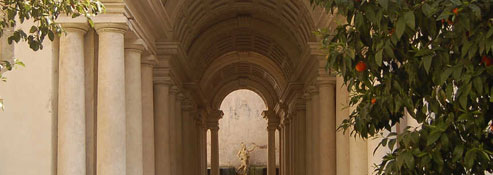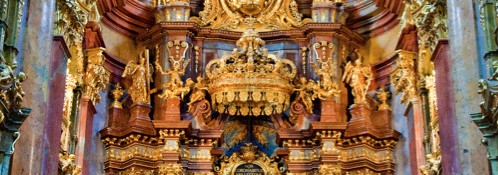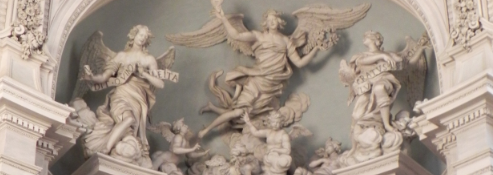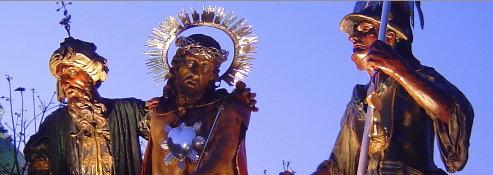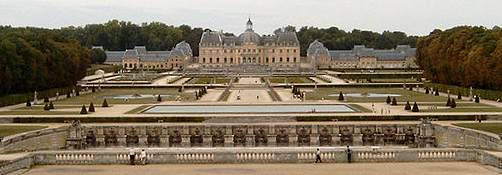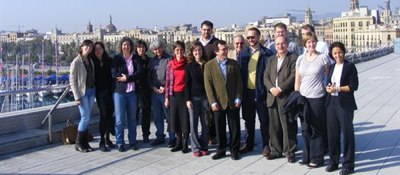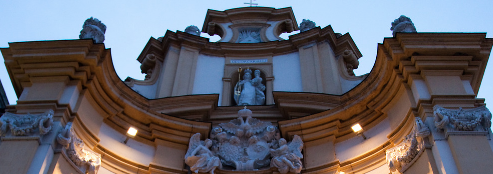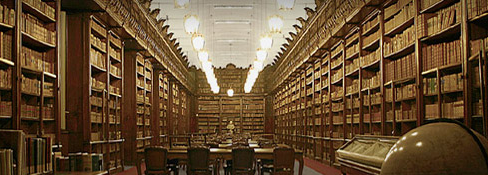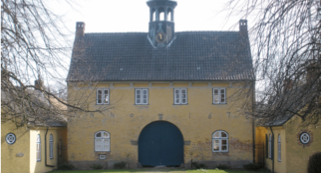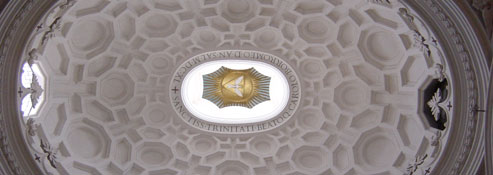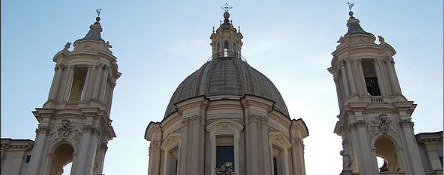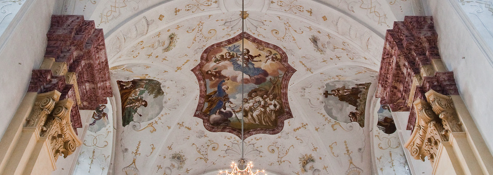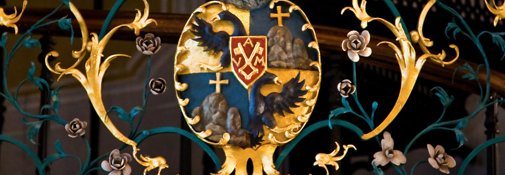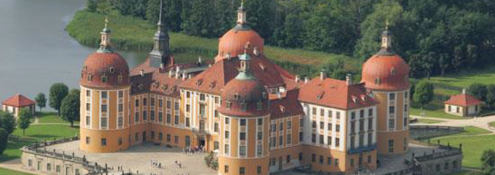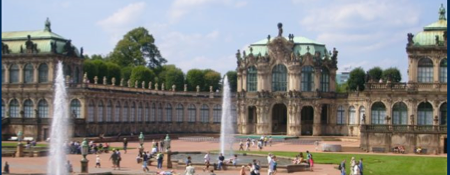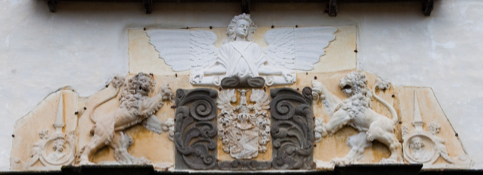Organiser: Universitat de Barcelona
Gaspar Van Wittel, Vista de Posilipo con el palacio Donn'Anna, ca. 1699-1701, Compton Verney, Inghilterra
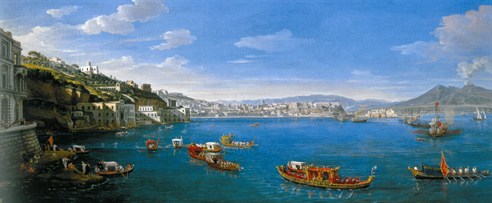
Following in the footsteps of the great Neapolitan historian Benedetto Croce, a large part of the most recent historiography has completely revised the old topos that linked the decline of Italian Mezzogiorno to the Spanish rule in the kingdom of Naples. This has allowed, without any doubt, to reach the required maturity to organize an exhibition that will reflect on the research done by many historians, but at the same time, will explain to a more general audience the importance of cultural dialogue between Spain and Italy during the Seventeenth century and its influence to other European territories. Through these relationships and the consequent circulation of works of art and Italian books, the Spaniards spread artistic tastes and political ideas to other parts of Europe such as Vienna, the Netherlands and England.
Consequently, the focus of this exhibition will not be, strictly speaking, the Neapolitan Baroque painting, represented by artists such as Ribera, Caravaggio and Luca Giordano. Such kind of exhibition has already been brilliantly satisfied in the past. Recently, both in Spain and Italy, some exhibitions have reflected on the relationships between both countries on the one hand, with an exhibition on political and cultural exchanges under the Bourbon (the Royal Academy of San Fernando organized the exhibition "Charles III. Between Spain and Naples" in 2009 ), and secondly, on Neapolitan painting again (the recent exhibition "Il ritorno the Barocco. Da Caravaggio a Vanvitelli" curated by Nicola Spinosa). On the contrary, our exhibition will emphasize the dialogue developed between the Italian and the Hispanic world thanks to Seventeenth Century Spanish circuits created by political and diplomatic networks. Here lies its originality. Therefore, our focus will be on the fruits of Spanish patronage in Italy and on the creation of an international baroque culture promoted by Spanish elites.
Pittore bambocciante, Fiesta por el nacimiento de Carlos II delante del palacio de la embajada de España en Roma, 1662, Vienna, Gemäldegalerie der Akademie der Bildenden Kunste.




